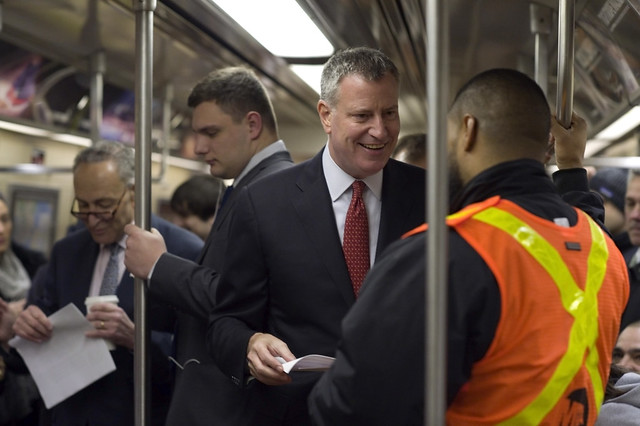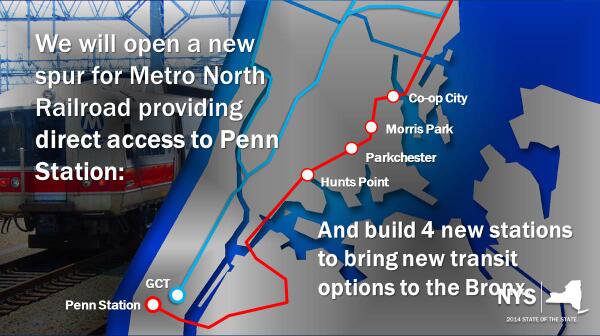
Assembly Rep. James Brennan has put forth legislation aimed at addressing the MTA’s capital funding gap.
As the MTA enters a fourth month of uncertainty regarding the agency’s proposed five-year plan, we’ve heard a big fat nothing from Gov. Andrew Cuomo’s office, and within the city, Mayor de Blasio is content to let Albany fiddle while asking the feds for more national support for transit. But while the Move New York fair tolling plan garners a groundswell of support, Assembly representative James Brennan is set to introduce a new piece of legislation aimed at shoring up capital funding for transit.
Brennan’s plan, announced via a Dana Rubinstein piece and subsequent Facebook post, could generate additional revenue against which the MTA could bond out its capital plan through a combination of gas and income taxes and would force New York City to pony up more money. That latter piece is important, and I’ll return to it soon. Brennan’s proposal is far from the platonic ideal, but it’s the first sign of real life we’ve seen from Albany on the MTA’s capital funding woes.
“To say that the MTA’s $14 billion shortfall is extremely alarming would be an understatement,” the Brooklyn representative said. “Now more than ever we need to think creatively about how to address our transportation funding needs as well as how to generate reliable consistent funding for our state’s infrastructure. For too long the state’s infrastructure and mass transit systems have operated with unreliable funding.”
His plan revolves around a new New York State Transportation Infrastructure Finance Authority that would issue the bonds to finance $20 billion in various MTA and other state infrastructure projects. My issuing the money under a new authority, Brennan’s proposal would not necessarily add more debt to the MTA’s already-sagging books, and it would instead rely on a new state agency to carry the fiscal load. To generate the revenue needed to issue these bonds, Brennan has called for a ten-cent increase in the state gas tax and an increase in the income tax rate for those earning between $500,000-$2 million a year of ½ of 1 per cent.
Brennan estimates these tax increases would generate around $1.25 billion per year. Yes, it’s true there are tax increases,” he said to Capital New York. “The idea of this is we are not running away from our problems.”
The third piece of this puzzle is more intriguing. Brennan’s legislation would demand that New York City pony up a mandatory contribution, starting with $60 million in year one and increasing each year of the five-year plan by $60 million annually. The contribution under this bill would thus be capped at $300 million. How the city generates this money is up to Mayor de Blasio and the City Council.
And therein lies the rub. Brennan’s plan isn’t Move New York. As Stephen Miller at Streetsblog wrote, “It lacks most of the traffic-busting, safety-enhancing benefits of toll reform.” But by essentially forcing the city’s hand, Brennan’s plan could spur City Council to pass a a home rule resolution requesting Albany approve a Move New York plan to help generate the revenue required by Brennan. It’s a roundabout solution to a tricky problem, but, as I said, someone is thinking about it.
So far, de Blasio’s and Gov. Cuomo’s offices have issued platitudes. Cuomo’s office said that efforts to solve the funding gap “will continue with all stakeholders” while de Blasio said he is “committed to investing in our infrastructure, which will only come with strong partnership between all levels of government.” The MTA, which won’t go to bat for any particular solution, expressed a desire to “engage in a robust dialogue” on closing the $14 billion gap.
For now, Brennan’s plan is the dialogue, but as the state has passed its budget, watchers expect Cuomo to begrudgingly turn some attention to the MTA’s funding gap. The ideas today start with gas and income taxes. Where it goes after is up for debate.





















